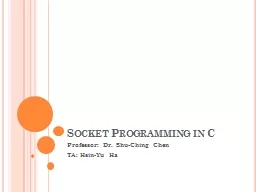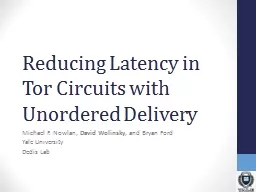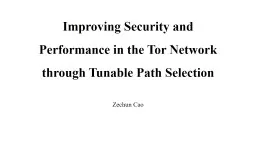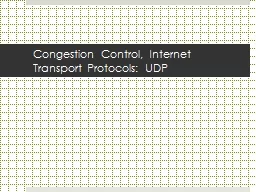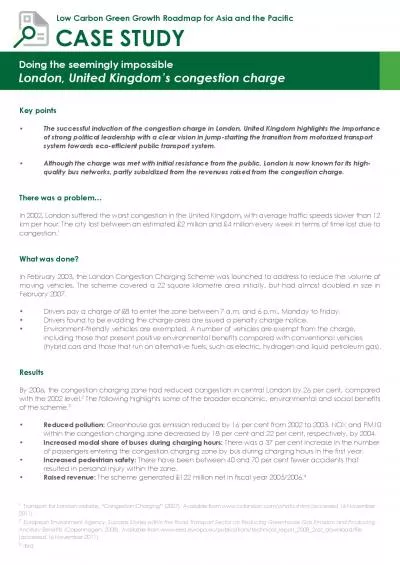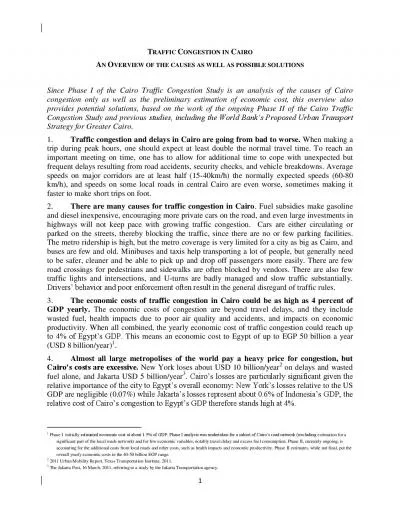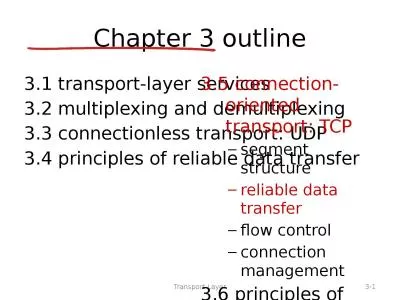PPT-Never Been KIST: Tor’s Congestion Management Blossoms with Kernel-Informed Socket Transport
Author : pamella-moone | Published Date : 2018-02-19
23 rd USENIX Security Symposium August 20 th 2014 Rob Jansen US Naval Research Laboratory John Geddes University of Minnesota Chris Wacek Georgetown University
Presentation Embed Code
Download Presentation
Download Presentation The PPT/PDF document "Never Been KIST: Tor’s Congestion Mana..." is the property of its rightful owner. Permission is granted to download and print the materials on this website for personal, non-commercial use only, and to display it on your personal computer provided you do not modify the materials and that you retain all copyright notices contained in the materials. By downloading content from our website, you accept the terms of this agreement.
Never Been KIST: Tor’s Congestion Management Blossoms with Kernel-Informed Socket Transport: Transcript
Download Rules Of Document
"Never Been KIST: Tor’s Congestion Management Blossoms with Kernel-Informed Socket Transport"The content belongs to its owner. You may download and print it for personal use, without modification, and keep all copyright notices. By downloading, you agree to these terms.
Related Documents





